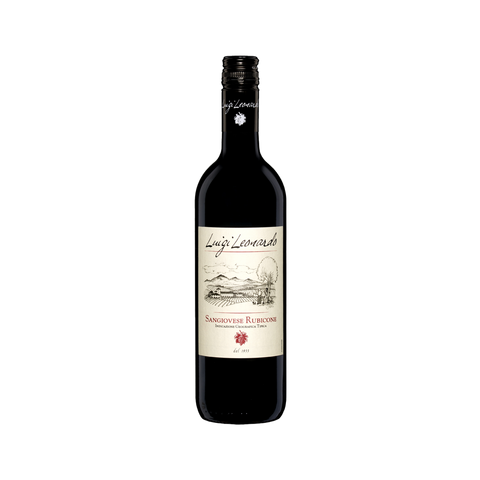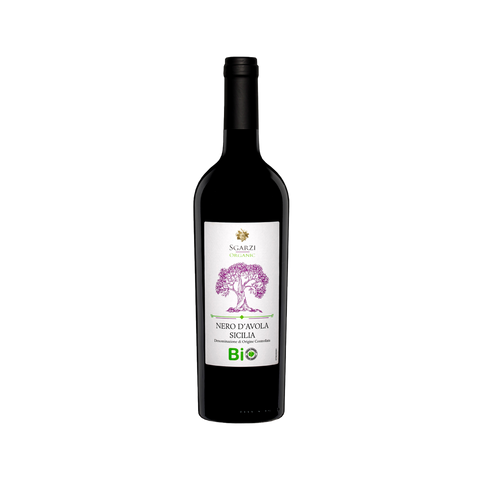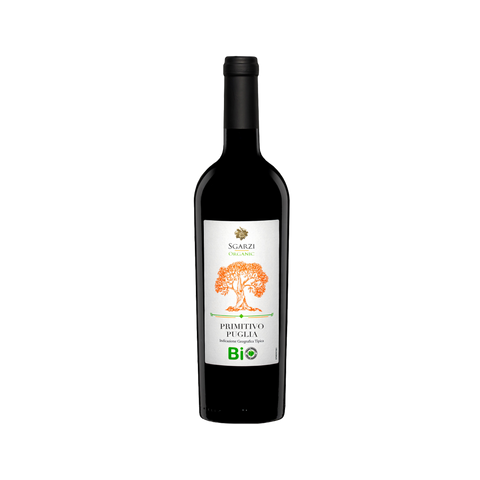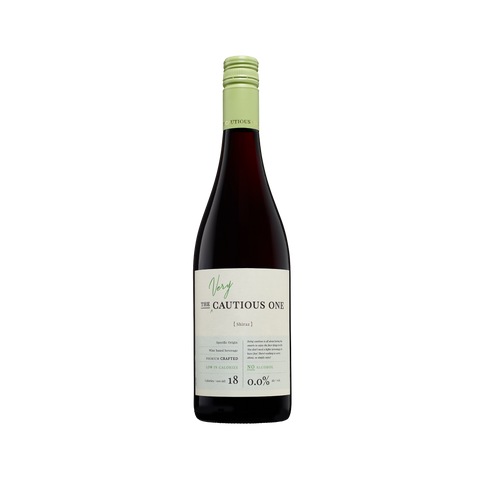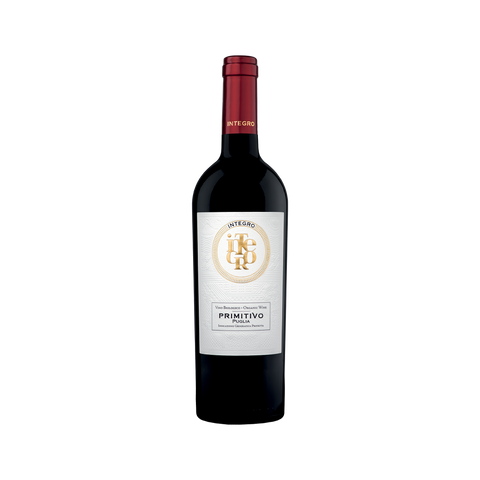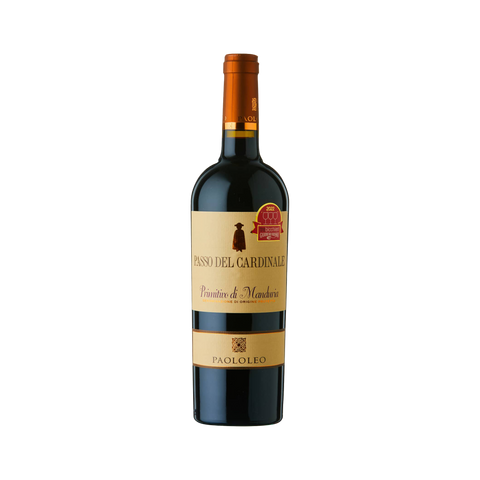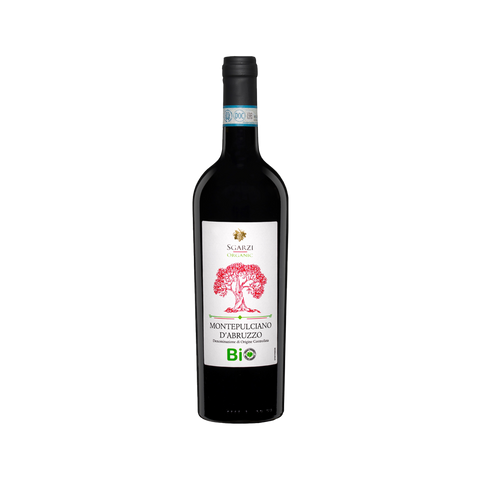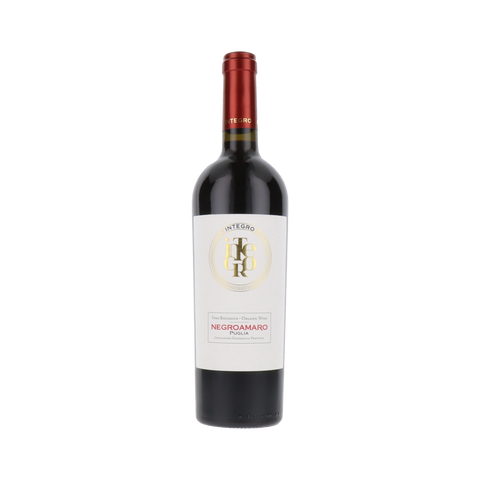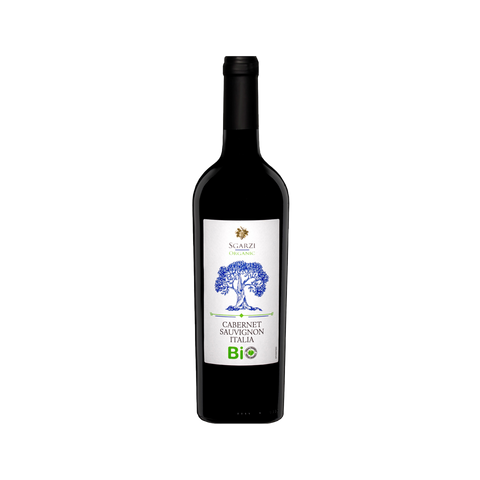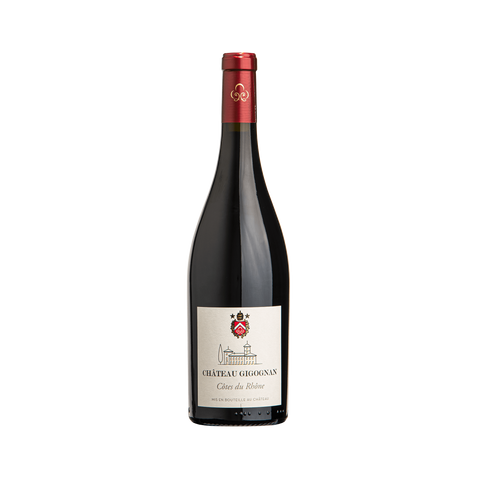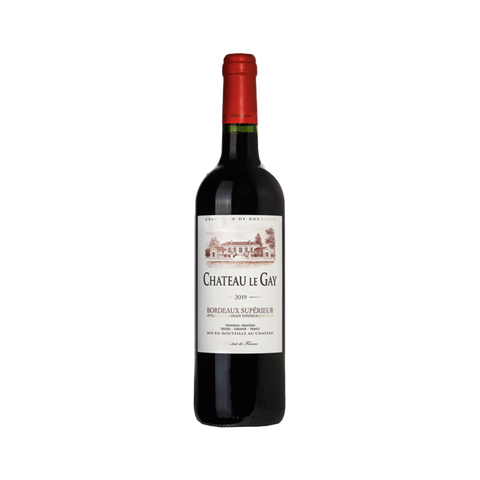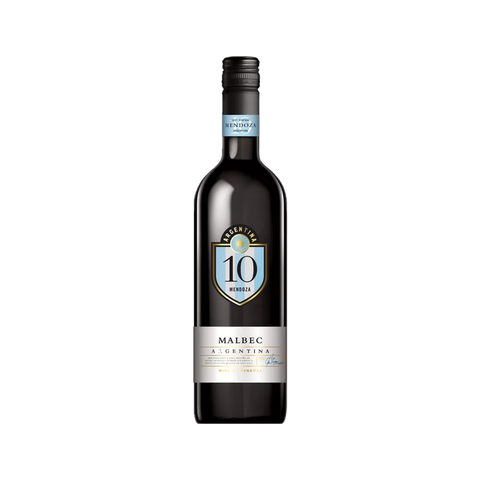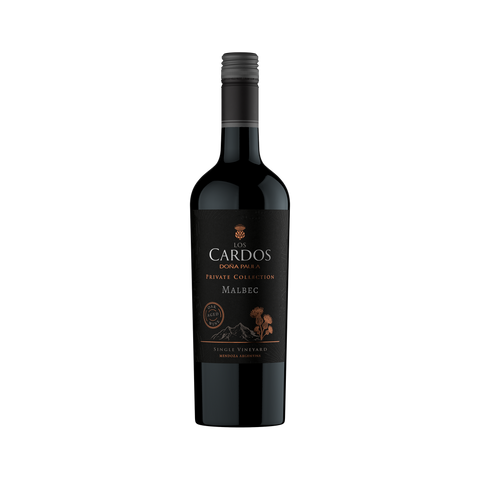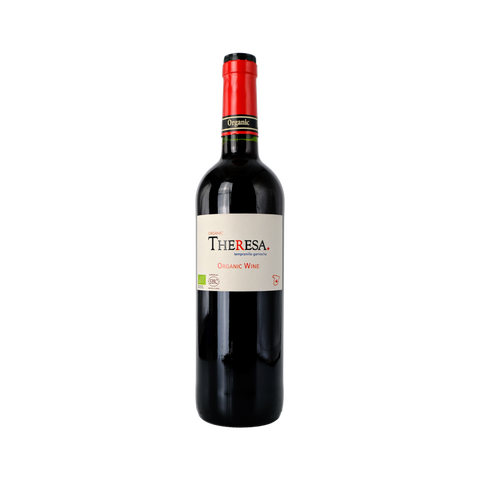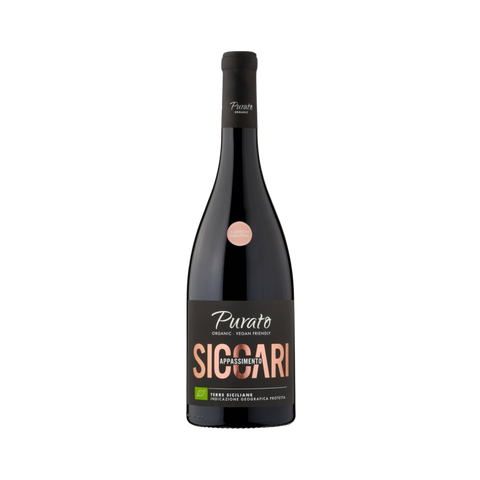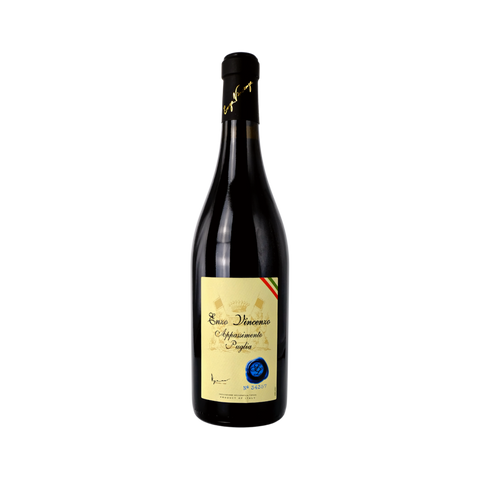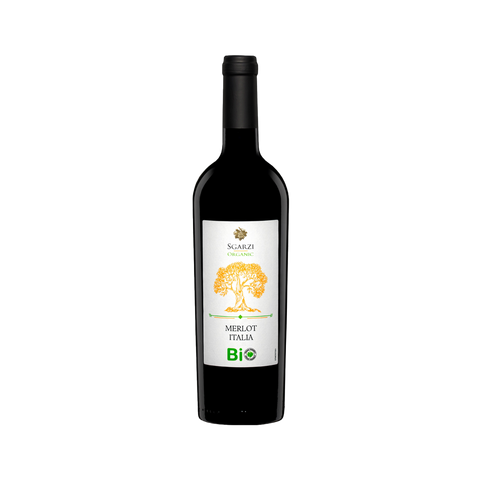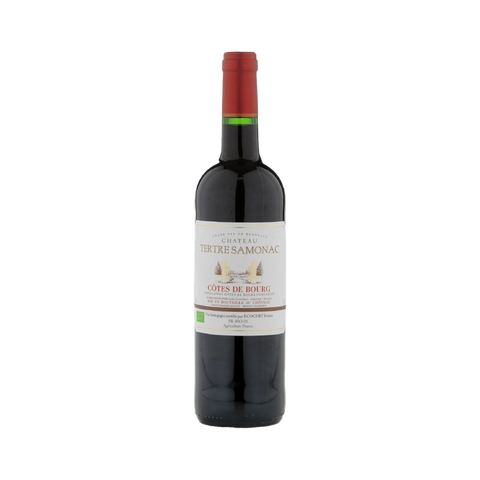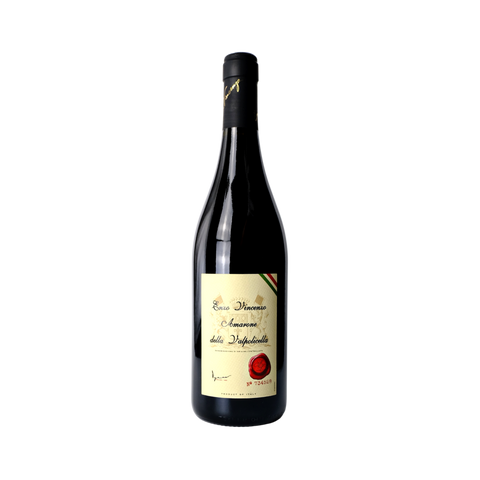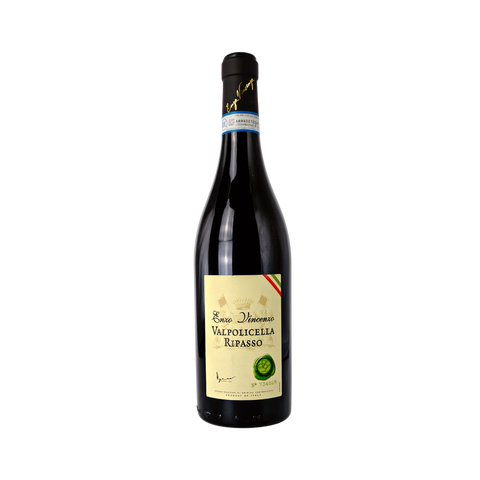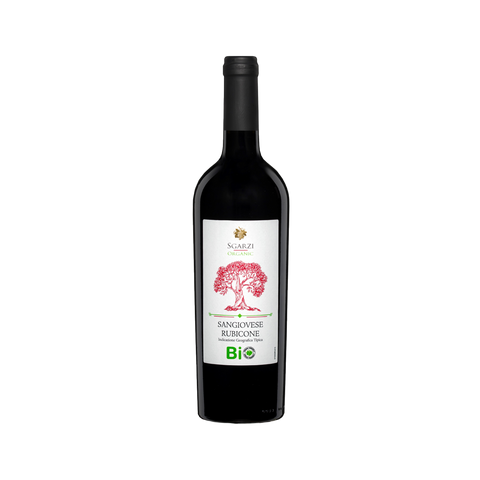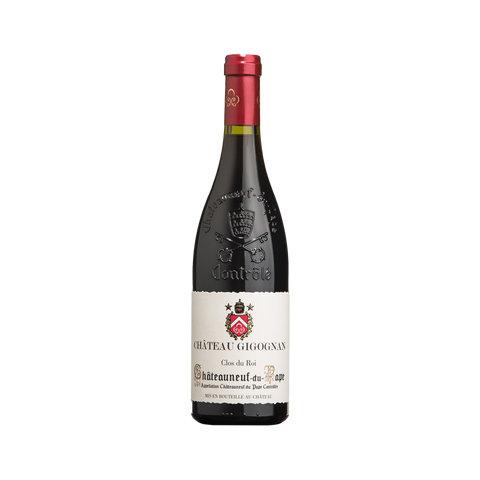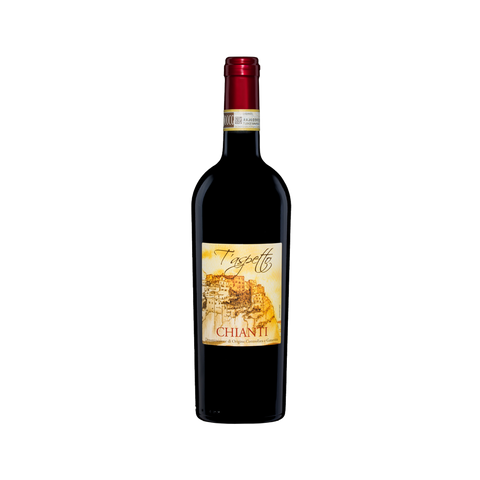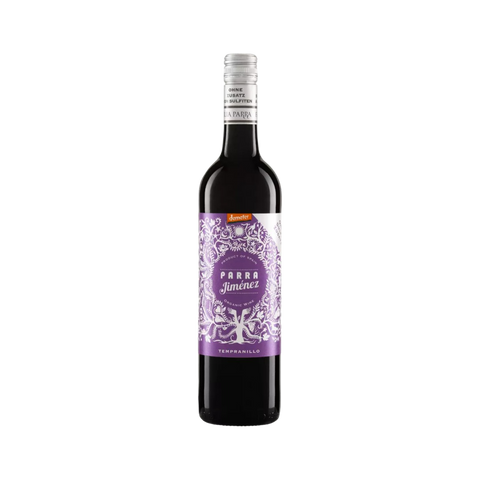The history of red wine dates back thousands of years and is intertwined with the development of viticulture, winemaking techniques and cultural practices in different civilisations. Here's a brief history of red wine:
Ancient origins: The origins of winemaking can be traced back to ancient civilisations in regions such as Mesopotamia (modern-day Iraq), Egypt, Greece and Rome. These cultures cultivated grapevines and developed early winemaking methods, including fermentation in clay amphorae.
Ancient Greece and Rome:
In ancient Greece, wine had cultural and religious significance, with Dionysus (the god of wine) a central figure in mythology and celebration. Greek philosophers such as Aristotle and Plato wrote about the virtues of wine.
The Romans further developed winemaking techniques and expanded vineyards throughout their vast empire. They introduced vine training methods, grape varieties, and improved storage and aging practices.
Medieval Europe:
During the Middle Ages, wine production continued in regions such as France, Italy, Spain and Germany. Monasteries played a crucial role in preserving and advancing wine-making knowledge, with monks documenting grape varieties, vineyard practices and winemaking techniques.
The establishment of wine trade routes, such as the Rhine and Danube, facilitated the spread of wine culture across Europe.
Renaissance and Modern Times:
The Renaissance period saw a renewed interest in art, science and culture, including advances in viticulture and winemaking. Wine became associated with social gatherings, celebrations and artistic inspiration.
In the 19th and 20th centuries, technological advances such as the development of glass bottles, cork closures and temperature-controlled fermentation revolutionised the wine industry. Wine regions around the world, including France, Italy, Spain, California and Australia, gained recognition for their unique terroirs and grape varieties.
Global Wine Industry:
Today, the wine industry is global, with wine production and consumption spread across continents. Wine regions in countries such as France (Bordeaux, Burgundy), Italy (Tuscany, Piedmont), Spain (Rioja, Ribera del Duero), the United States (Napa Valley, Sonoma), Australia (Barossa Valley, Margaret River) and South America (Chile, Argentina) are renowned for their diverse red wine offerings.
Red wine continues to be appreciated for its flavours, aromas, health benefits (in moderation) and cultural significance in various cuisines and social settings. The history of red wine reflects a rich tapestry of traditions, innovations and cultural influences that have shaped the global wine landscape over millennia.

